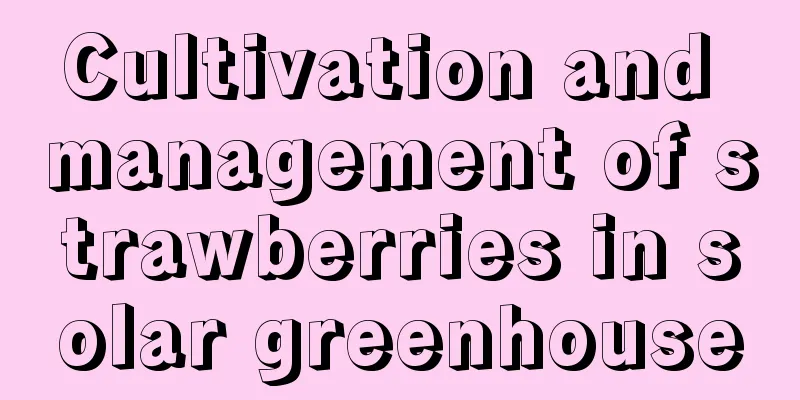How to judge whether orchids have adapted to the pot after planting, and how to water orchids that have not adapted to the pot

1. How to judge1. Observe the leaves: Observing the glossiness of the leaves is a more intuitive way to determine whether the plant has adapted to the pot. If the orchid has not acclimatized to the pot, the root system's ability to absorb water and nutrients from the soil has not returned to normal, and the glossiness of the leaves will gradually disappear and become dull and less shiny. But once the plant has adapted to the pot and the root system has returned to normal, nutrients and water can be supplied to the leaves in time, and the leaves will become shiny and grow vigorously. In addition, after the orchid is adapted to the pot, its leaves will become firm and have a strong texture. 2. Observe the new leaf tips: After the orchid is adapted to the pot, the new leaf tips will grow quickly and grow significantly. If the plant has not acclimatized, the new leaves will grow slowly or even stagnate. 3. Observe the new shoots: New shoots will only grow after the orchid has adapted to the pot. If new buds grow from the orchid after being potted, it means that it has adapted to the new growing environment. 2. How to waterWhen the orchid is still in the acclimatization period and has not yet resumed normal growth, the amount of watering needs to be controlled. The humidity of the planting material in the pot should be kept at around 40%, neither too wet nor too dry. Generally, watering once every 10-15 days is sufficient. Keeping the soil in the pot a little drier can reduce the time it takes for the plant to adapt to the pot. However, environmental humidity is more important for plant germination, especially for orchids that have not adapted to the pot, which require higher air humidity. You can increase the humidity of the air by sprinkling water on the ground or adding water to the water tray at the bottom of the repot. |
>>: Hamster breeding techniques
Recommend
How to fertilize cymbidium
Fertilizer selection The fertilizer applied to la...
Can palm trees be planted in the north?
Can palm trees be grown in the north? Palm trees ...
Why doesn't the quince bloom?
Why doesn't the quince bloom? Insufficient li...
When is the peach expansion period (when is the peach expansion period)
When is the peach fruiting period? The fruit expa...
How to grow peace lilies in autumn
1. Replace the flower soil The temperature in aut...
Making and appreciating simple rose flower arrangement
Material Rose flowers, rose leaves, flower mud, l...
The growing environment and local conditions of peach blossoms
Peach blossom growth environment and conditions P...
Cultivation methods and precautions of fairy finger
1. Temperature It prefers temperatures between 19...
Who says growing flowers is "expensive"? Pick up these 3 things from the roadside and any flower will grow well with them!
I believe that at this time some people will ask ...
How to grow ground lotus and how much does it cost per pot
1. Breeding methods 1. Water: During the growth p...
How to grow kudzu flowers
1. Maintenance methods 1. Temperature: Kudzu flow...
How many days does it take for white radish to germinate?
White radish is a widely cultivated root vegetabl...
Cultivation methods and precautions of colorful peacock arrowroot
The colorful peacock arrowroot is relatively easy...
How many kilograms of loquat per mu? Planting benefits and profit prospects
Loquat yield per mu Loquat is a relatively common...
Feng Shui Effects of Gardenia
1. Shelter Family Legend has it that this flower ...









